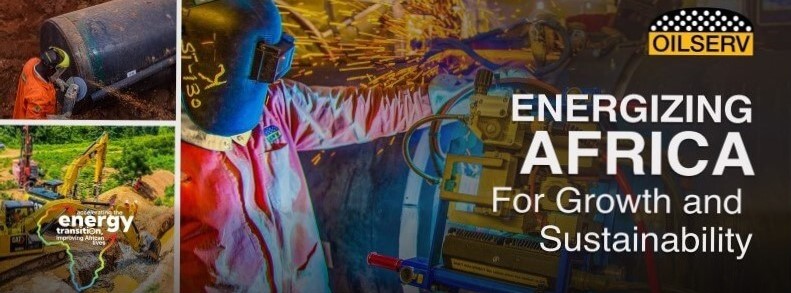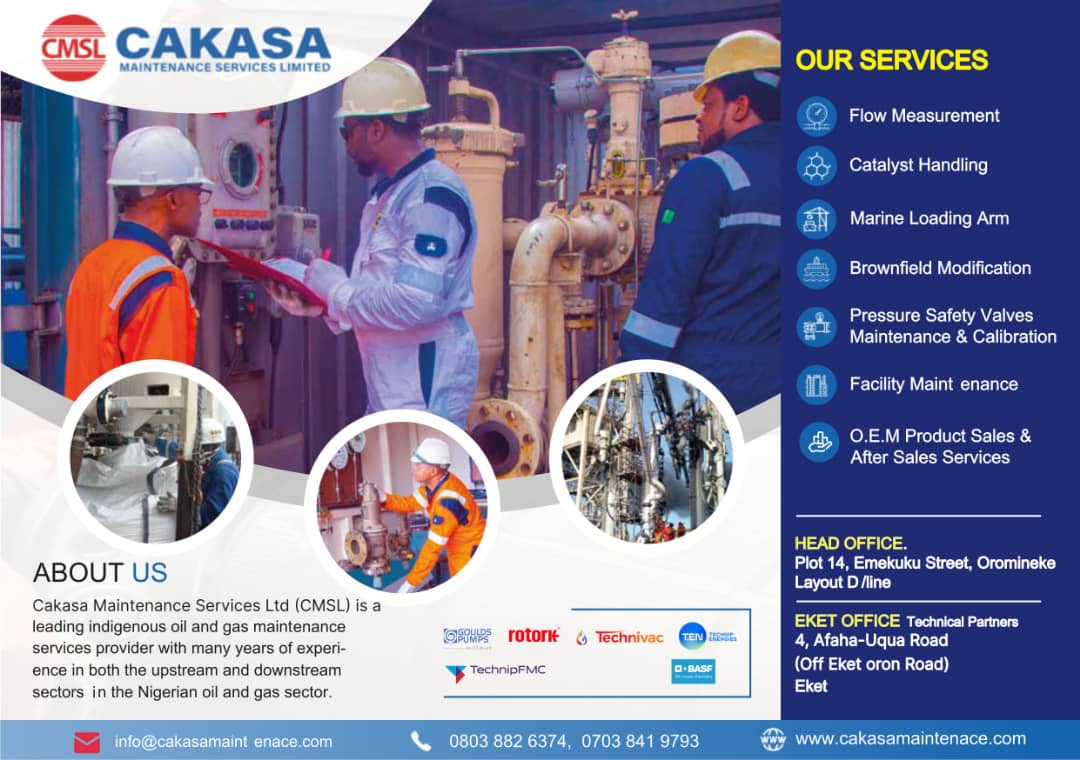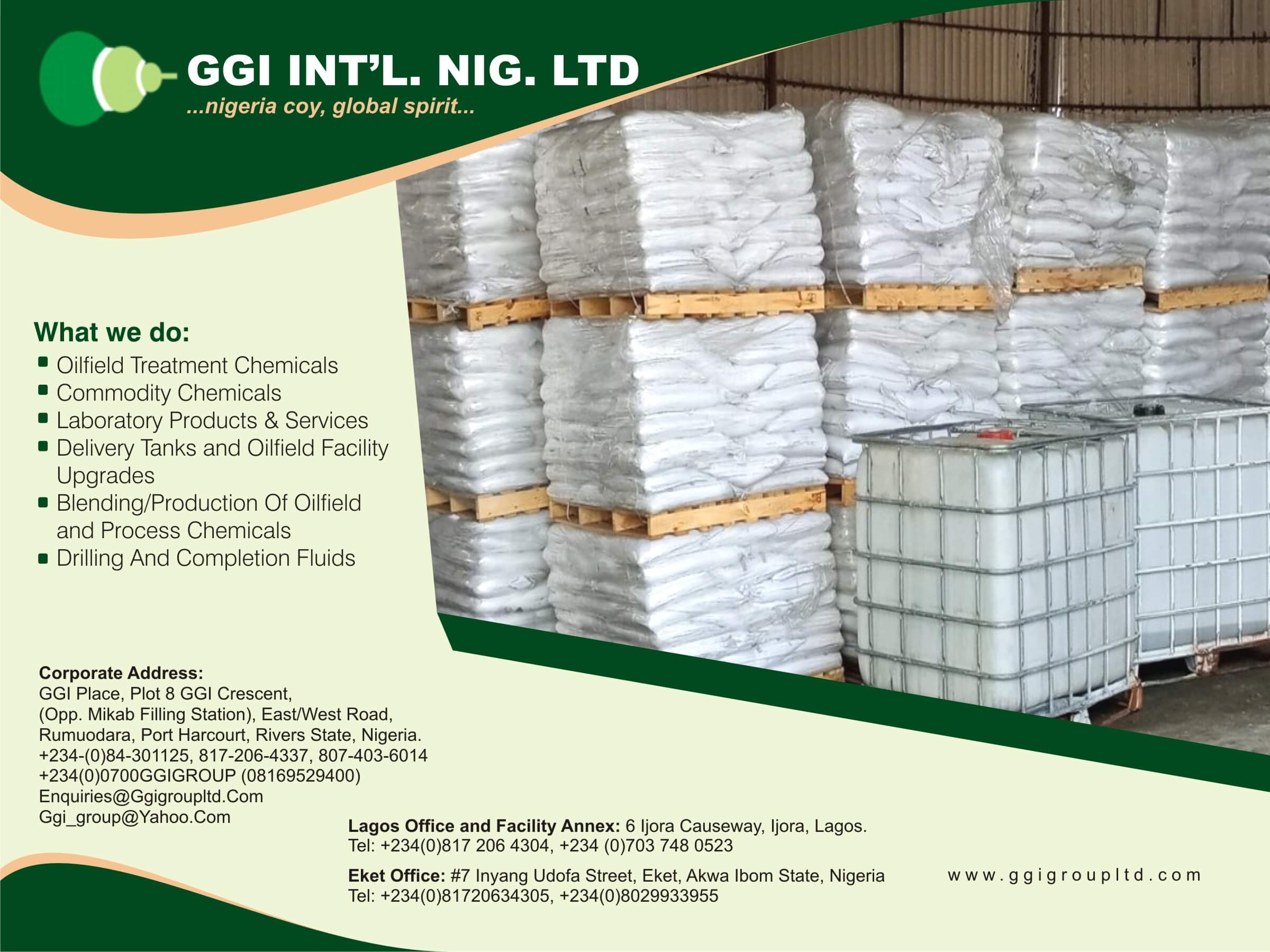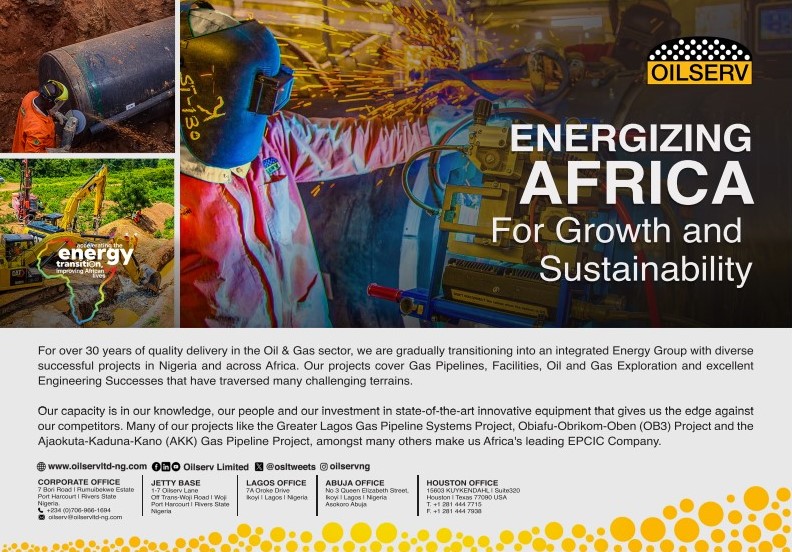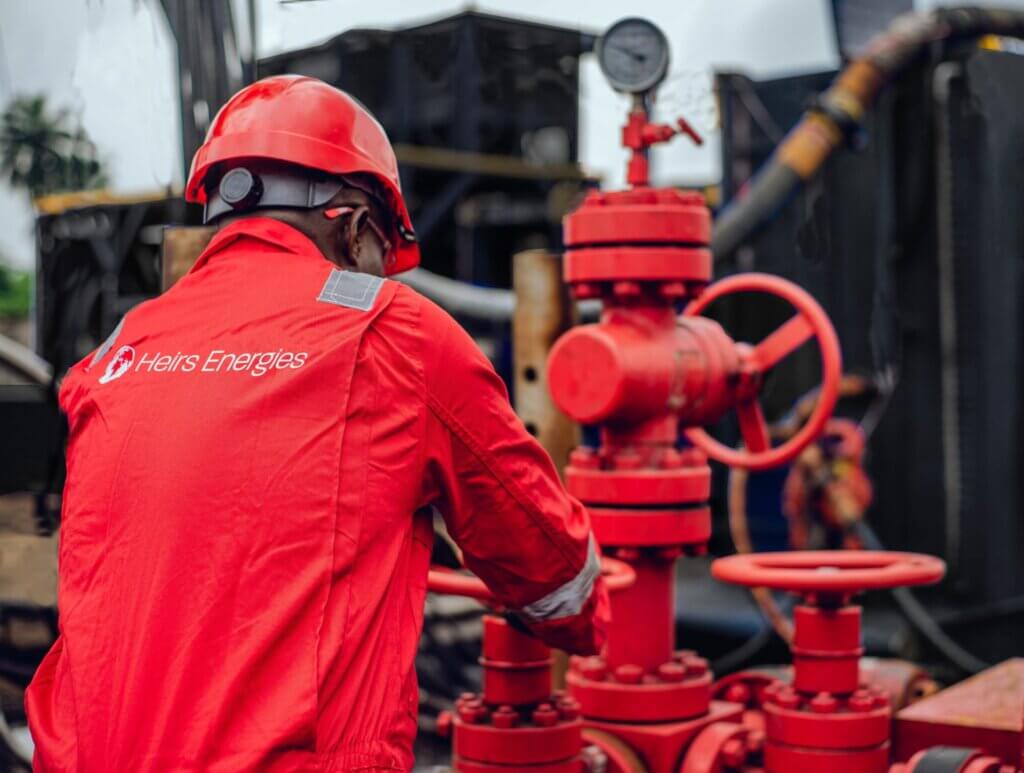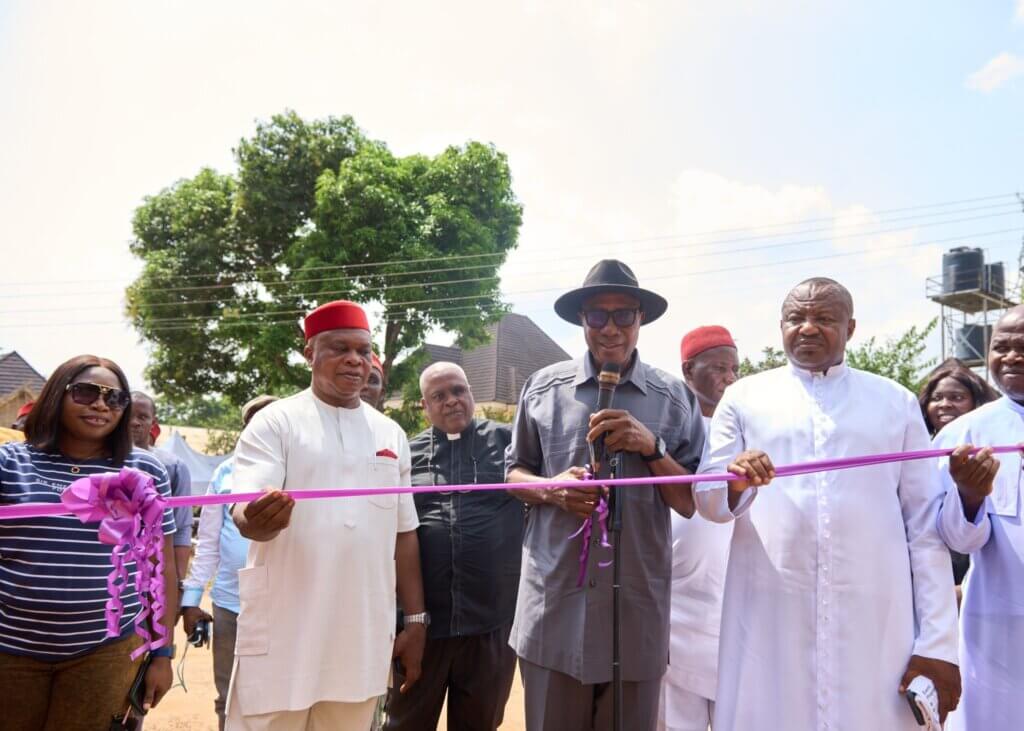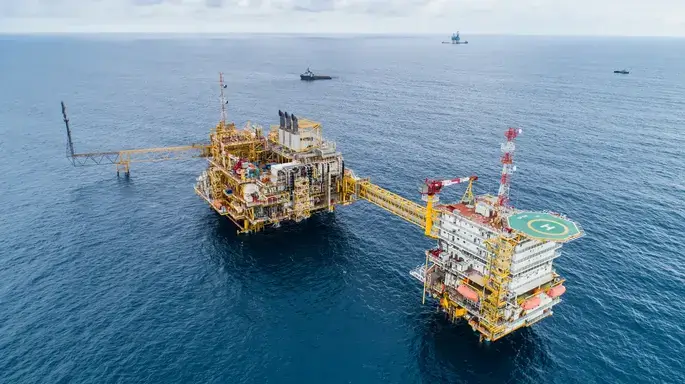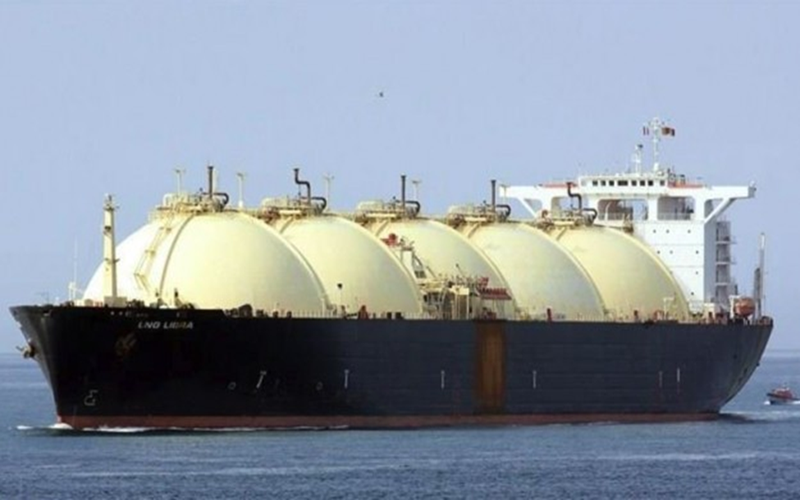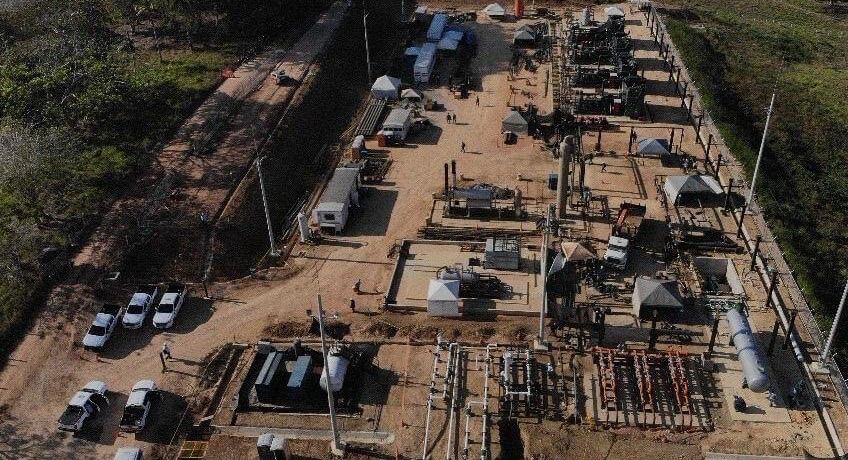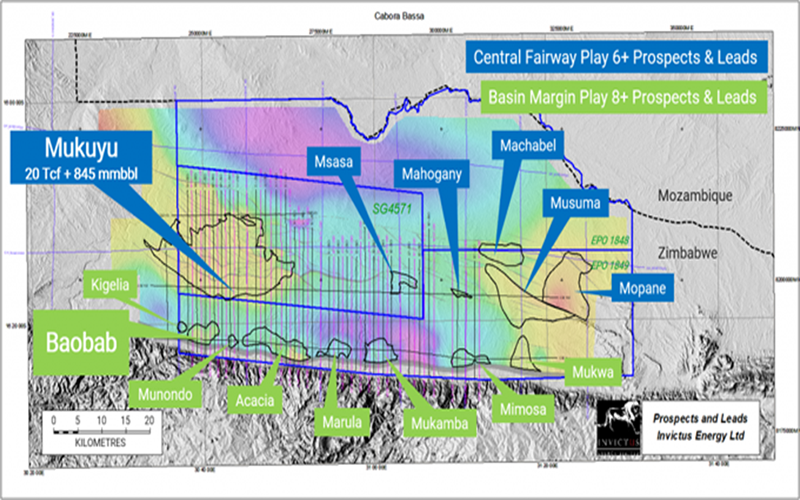
Zenith Energy has announced that the Company submission of an offer for Block-1 on September 22, 2022 has been approved by the Ministry of Water and Mines of the Republic of Benin. The company in recent release disclosed that the Ministry has awarded it exclusivity for a period of three months to negotiate and finalise the terms of a Production Sharing Contract (“PSC”) for Block 1 containing the Sèmè oilfield, offshore Benin.
“We are extremely pleased to have been granted the Exclusivity to negotiate and finalise the terms of a PSC for Block-1 by the authorities in Benin.
Block-1 represents a potentially transformational development opportunity for Zenith because of its sizeable unexploited potential, indicated by its independently assessed oil and gas reserves and past production, and existing field infrastructure.
We view Benin as an attractive jurisdiction for foreign investment and we look forward with great enthusiasm to working closely with the local authorities towards successfully formalising the PSC,” Andrea Cattaneo, Chief Executive of Zenith, commented.

About Block-1
- Block-1 was discovered in 1967 by Union Oil, covering 551 sq. km with over 355 sq. km of recent 3D seismic data which was taken between 2001and 2014. The oilfield is located in shallow water (30m) offshore with onshore facilities and tank farm for processing of oil production. A proven oilfield, with significant unexploited potential, having independently assessed recoverable reserves (2P) of 22-28 million barrels of oil and 428 billion cubic feet of natural gas (Kerr McGee 2005) for the original Sèmè oilfield.Has produced a reported 22 million barrels of oil to date, with last commercial production having taken place in 1998 when oil prices were below approximately US$10 per barrel.
- With a historical Recovery Factor of 22%, leaving significant margin for improvement of the recovery factor utilising modern completion techniques, horizontal drilling, and improved 3D seismic, The field last production rate was approximately 2,000 barrels of oil per day in 1998 and average historical well production rates ranging between 1,500 – 3,000 barrels of oil per day. The last operator is reported to have made infrastructure investments for an amount exceeding US$100 million prior to exiting the project due to low oil prices.
- A new ‘Sèmè North’ oilfield (“Sèmè North”) was discovered in 2015 with a reported discovery of an additional 100 million barrels of oil in place with estimated (2P) recoverable reserves of 16 million barrels utilizing a Recovery Factor of 16%.[i] It is expected that improvements in the Recovery Factor might be achieved with modern completion and drilling techniques to reach a Recovery Factor of above 30%.
- On the number of well drilled so far, 27 wells have been drilled in Block-1: 24 in the original Sèmè oilfield, with the last 3 wells having been drilled in 2014-15 to discover Sèmè North. These wells discovered and tested oil in the H5 & H6 reservoirs, the same reservoirs that were producing in the original Sèmè oilfield, in a separate structure. However, due to the prevailing oil price at the time (approximately US$30) further development activities were deemed non-commercial.
- Also prominent is the significant development and exploration potential in the emerging Syn-Rift play which is extending from neighbouring Nigeria. Production facilities comprised of three platforms: two located in the Sèmè Field, with the last being installed during 2013-2016 to develop the newly discovered Sèmè North. Zenith Energy has already conducted preliminary site visits to inspect the infrastructure.
Benin’s Oil Industry
In recent years, there has been an attempt to revive domestic oil production in Benin following the previous involvement of various Western oil companies between 1984-1998, including the Norwegian Saga Petroleum.
In late 2019, CNPC signed a construction and operation agreement with the Government of Benin for the construction of the Niger-Benin Crude Pipeline, a 1,980km cross-border crude pipeline connecting the Agadem Rift Basin (ARB) region in Niger to Port Sèmè Terminal in the Republic of Benin. Construction of the pipeline is underway and is expected to be completed by the close of 2023.
Benin is a founding Member of the African Petroleum Producers’ Organization (“APPO”), and its Minister in charge of Hydrocarbons serves as Vice-President of the APPO.













